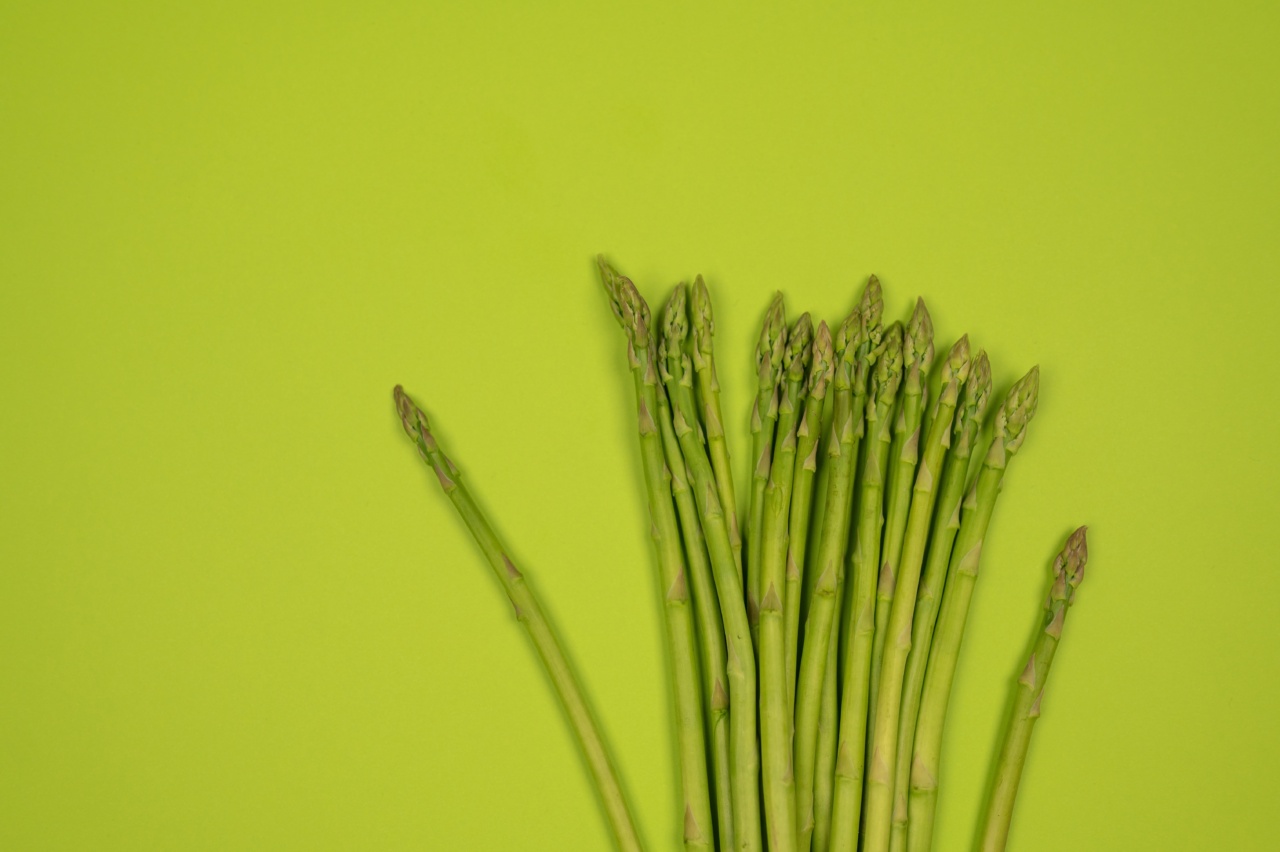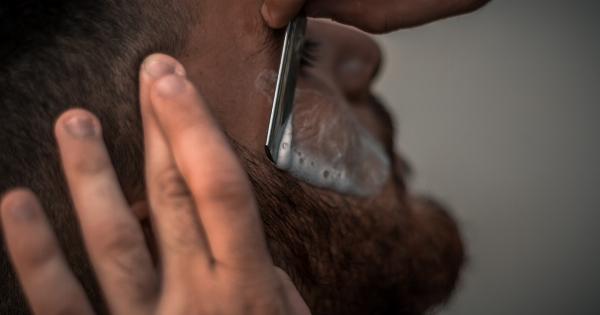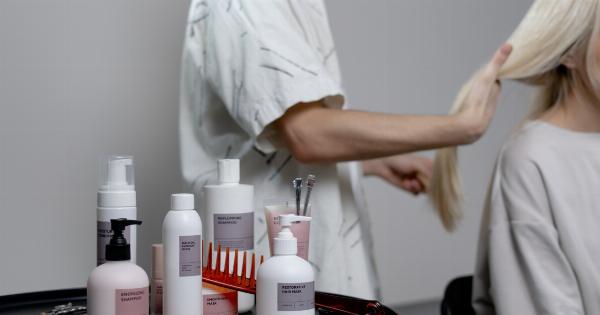Shaving is a daily routine for most men and women today. Whether it is for hygiene, personal grooming or just personal preference, shaving can be a hassle if not done correctly. A smooth and safe shave requires a unique technique and the right tools.
In this post, we’ll provide you with 30 tips on how to achieve the perfect shave.
Preparation
The first step in achieving a perfect shave is to prepare your skin. The following tips will help you prepare your skin for a smooth and safe shave.
1. Take a Warm Shower
Taking a warm shower just before shaving helps to reduce irritation and redness on your skin. The warm water opens up your pores, making it easier to remove hair from your skin.
2. Exfoliate your Skin
Exfoliating your skin helps to get rid of dead skin cells, which can clog up your razor and lead to razor burns. Use a gentle exfoliator to scrub away the dead skin cells.
3. Use a Pre-Shave Oil
A pre-shave oil helps to soften your skin and beard, making it easier to shave. It also provides a layer of protection against razor burns and cuts.
4. Apply Shaving Cream
Apply a high-quality shaving cream to your skin before shaving. The cream helps to reduce friction between the razor and your skin, providing a smooth shave.
5. Use a Shaving Brush
A shaving brush helps to distribute the shaving cream evenly on your skin, giving you a closer and smoother shave. It also helps to lift the hairs, making them easier to shave.
6. Rinse your Razor
Rinse your razor under hot water before shaving to remove any bacteria or debris. This also helps to warm up the blade, making it glide smoothly on your skin.
Shaving Techniques
The following tips will help you achieve a smooth and safe shave when it comes down to the actual process of shaving.
7. Shave in the Direction of Hair Growth
Shave in the direction of hair growth to reduce the risk of ingrown hairs and razor burns. Shaving against the grain can irritate your skin and cause razor burns.
8. Use Short Strokes
Use short strokes when shaving, and avoid applying too much pressure on your razor. Applying too much pressure can cause razor burns and cuts on your skin.
9. Use a Sharp Razor
Using a sharp razor helps to get a closer and smoother shave. A dull razor can cause irritation and cuts on your skin.
10. Don’t shave on Dry Skin
Shaving on dry skin can cause razor burns and irritations. Make sure your skin is moist with pre-shave oil, shaving cream, or water before you start shaving.
11. Rinse your Razor Often
Rinse your razor blade often while shaving to remove hair and shaving cream from the blade. This helps to reduce friction, providing a closer shave.
Aftershave Care
The following tips will help you take care of your skin after shaving, reducing the risk of skin irritation and redness.
12. Rinse your Face with Cold Water
Rinse your face with cold water after shaving to help close up your pores and reduce the risk of redness and irritation.
13. Use Aftershave Lotion
Apply aftershave lotion on your skin immediately after shaving to soothe your skin and reduce redness. The lotion also helps to protect your skin from bacteria and infection.
14. Avoid Harsh Cleansers
Avoid using harsh cleansers that contain alcohol after shaving. These products can irritate your skin and cause redness and dryness.
15. Don’t Touch your Face
Avoid touching your face after shaving, as bacteria on your hands can cause infections and skin irritation.
Troubleshooting
If you experience discomfort when shaving, try the following tips to help you troubleshoot and avoid future issues.
16. Use a Different Razor
If you experience razor burns or cuts when shaving, try using a different razor. You may have to experiment with different brands until you find one that works well for you.
17. Consider Electric Razors
If you have sensitive skin or experience frequent razor burns, consider using an electric razor. These razors are less likely to cause irritation and are gentle on your skin.
18. Use Shaving Cream for Sensitive Skin
If you have sensitive skin, consider using shaving cream for sensitive skin. These creams are specially formulated to reduce irritation and redness.
19. Use a Razor with Fewer Blades
Razors with fewer blades are often gentler on your skin, reducing the risk of razor burns and cuts. You may have to shave more than once to achieve the desired level of smoothness.
20. Don’t Shave too Often
Shaving too often can irritate your skin and cause razor burns. Give your skin a break by shaving every other day.
21. Don’t Push your Razor on your Skin
Pushing your razor on your skin can cause razor burns and irritation. Let the razor do the work and use gentle strokes.
Choosing the Right Tools
Choosing the right tools is essential in achieving a smooth and safe shave. The following tips will help you choose the right tools for your skin and hair type.
22. Consider your Hair Type
Consider your hair type when choosing a razor. Coarse hair may require a razor with more blades, while fine hair may require a razor with fewer blades.
23. Use a High-Quality Razor
Invest in a high-quality razor that is durable and provides a smooth shave. A cheap razor can cause skin irritation and razor burns.
24. Consider Your Skin Type
Consider your skin type when choosing a shaving cream. Dry skin may require a cream with more moisturizing properties, while oily skin may require a cream that is less oily.
25. Use a Shaving Cream with Natural Ingredients
Choose a shaving cream that contains natural ingredients such as aloe vera, coconut oil or tea tree oil. These natural ingredients help to reduce redness, irritation and provide a soothing effect on your skin.
26. Use a Safety Razor
If you prefer a closer shave, consider using a safety razor. Safety razors provide a smooth shave while reducing the risk of razor burns and cuts.
27. Consider Disposable Razors
Disposable razors are a convenient and cost-effective option for occasional shavers. They are also great for travelling.
28. Choose a Shaving Brush Made from Natural Fibers
Choose a shaving brush made from natural fibers such as badger fur or horsehair. These natural fibers are gentler on your skin, reducing the risk of irritation and redness.
29. Use a Quality Aftershave
Invest in a high-quality aftershave that contains natural ingredients such as witch hazel or aloe vera. These ingredients help to soothe your skin and reduce redness and irritation.
30. Keep Your Razor Clean and Dry
After shaving, make sure you rinse your razor blade thoroughly and dry it properly. Keeping your razor clean and dry helps to prevent bacteria from building up, reducing the risk of infection.





























